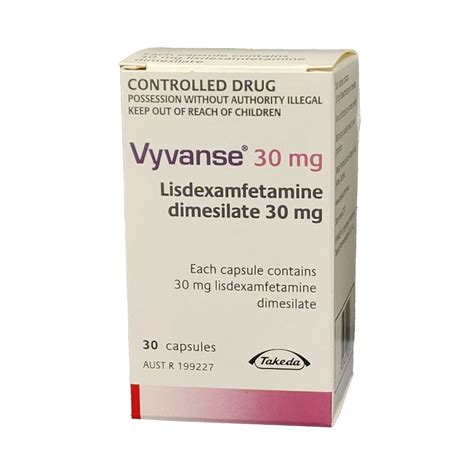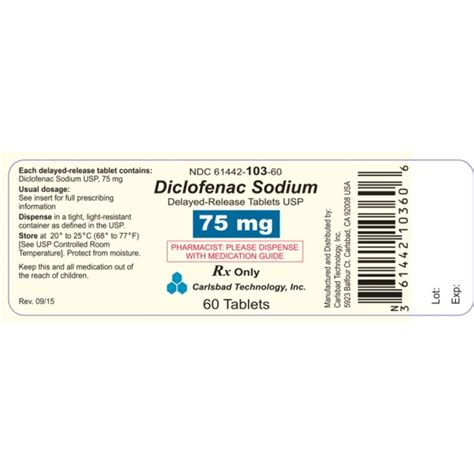The common cold and sinus infections are among the most frequent health complaints affecting people of all ages. These conditions can significantly impact an individual’s quality of life, causing discomfort, ruining plans, and affecting productivity. Understanding the causes, symptoms, and effective relief strategies is crucial for managing and preventing these ailments.
Causes of the Common Cold
The common cold is primarily caused by viruses, with over 200 types identified. The most common culprits include:
- Rhinoviruses: Responsible for the majority of cold cases, especially during the fall and spring seasons.
- Coronaviruses: Known for causing colds, but also infamous for the COVID-19 pandemic.
- Adenoviruses: Can cause colds, but also lead to other infections like bronchitis, diarrhea, and conjunctivitis.
- Respiratory Syncytial Virus (RSV): Commonly affects children, causing cold symptoms, but can also lead to severe illnesses like pneumonia.
Transmission occurs through droplets in the air when an infected person coughs or sneezes, touching surfaces contaminated with the virus, and less commonly, through close contact with an infected person. Factors that increase susceptibility include a weakened immune system, lack of sleep, stress, and poor hygiene.
Causes of Sinus Infections
Sinus infections, or sinusitis, occur when the sinuses become inflamed or infected, usually due to a viral or bacterial infection. Allergies and environmental irritants can also trigger sinusitis by causing inflammation in the sinuses, which can lead to infection.
- Viral Infections: Often start with a cold and can resolve on their own. However, in some cases, they can lead to secondary bacterial infections.
- Bacterial Infections: More severe than viral infections and often require antibiotic treatment. They can develop after a cold or as a result of an infection that doesn’t clear up on its own.
- Allergies: Seasonal allergies, dust mites, pet dander, and mold can cause chronic inflammation in the sinuses, making them more susceptible to infection.
- Anatomical Issues: Deviated septum, nasal polyps, or other obstructions can hinder sinus drainage, creating an environment conducive to infection.
Symptoms Overview
Both the common cold and sinus infections can present with overlapping symptoms, but there are distinct differences:
- Cold Symptoms: Include runny nose, nasal congestion, sneezing, coughing, sore throat, and occasionally, a low-grade fever.
- Sinus Infection Symptoms: Include persistent nasal congestion, facial pain, headache, thick yellow or green nasal discharge, a feeling of fullness in the ears, and in severe cases, fever, fatigue, and a cough that worsens at night.
Fast Relief Guide
While antibiotics are effective against bacterial infections, they are not effective against viral infections. Therefore, relieving symptoms and supporting the body’s immune response is key for both conditions:
For Colds:
- Rest: Adequate rest helps the body recover more quickly.
- Hydration: Drinking plenty of fluids, such as water, clear broths, and electrolyte-rich beverages, can help thin out mucus, making it easier to expel.
- Humidification: Using a humidifier can add moisture to the air, relieving congestion and coughs.
- Saline Nasal Sprays: Can help keep nasal passages moist, reducing congestion and promoting drainage.
- Over-the-Counter Medications: Decongestants, pain relievers, and antihistamines can provide relief from specific symptoms.
For Sinus Infections:
- Antibiotics: If the infection is bacterial, a healthcare provider may prescribe antibiotics.
- Nasal Decongestants: Can provide temporary relief from nasal congestion.
- Pain Relievers: Over-the-counter pain medications can help with headache, facial pain, and fever.
- Warm Compresses: Applying a warm washcloth to the face can help loosen mucus, reducing facial pain.
- Prescription Medications: In some cases, corticosteroids or antifungal medications may be prescribed to reduce inflammation or treat fungal infections.
Prevention Strategies
Preventing colds and sinus infections involves a combination of hygiene practices and lifestyle adjustments:
- Frequent Handwashing: Especially during cold and flu seasons, can significantly reduce the transmission of viruses.
- Avoid Close Contact: With individuals who are sick.
- Keep Surfaces Clean: Regularly disinfect surfaces that are frequently touched.
- Healthy Diet: Eating a balanced diet rich in fruits, vegetables, and whole grains supports immune function.
- Stay Hydrated: Drinking plenty of water helps keep the sinuses and respiratory tract functioning properly.
- Exercise Regularly: Helps boost the immune system, but avoid overexertion.
- Manage Allergies: Use allergy medications or immunotherapy as prescribed to reduce chronic inflammation.
By understanding the causes, recognizing the symptoms, and implementing effective relief and prevention strategies, individuals can better manage colds and sinus infections, reducing their impact on daily life and enhancing overall well-being.
What is the most common cause of the common cold?
+Rhinoviruses are the most common cause of the common cold, responsible for the majority of cases, especially during the fall and spring seasons.
How can I differentiate between a cold and a sinus infection?
+While both conditions share some symptoms like nasal congestion and cough, sinus infections typically involve facial pain, thick yellow or green nasal discharge, and sometimes, a fever. If symptoms persist or worsen, it's essential to consult a healthcare provider for a proper diagnosis.
Can sinus infections be prevented?
+Yes, while not all cases can be prevented, maintaining good hygiene, treating allergies, avoiding smoking and secondhand smoke, and staying hydrated can reduce the risk of developing sinus infections.
In conclusion, the common cold and sinus infections, although distinct, can significantly impact an individual’s quality of life. By adopting prevention strategies, understanding the causes and symptoms, and utilizing the appropriate relief measures, individuals can effectively manage these conditions, reducing their occurrence and impact. Always consult with a healthcare provider if symptoms persist or worsen over time.



